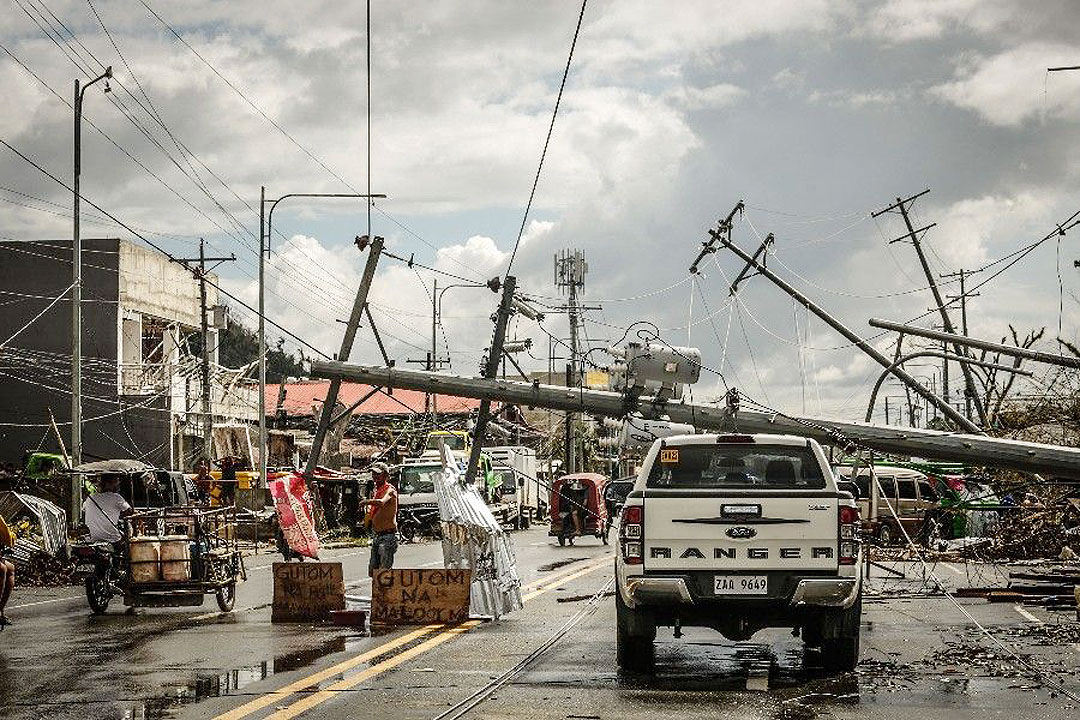 PHILSTAR
PHILSTAR
Power infrastructure deemed top priority for climate-proofing efforts
By Aaron Michael C. Sy – December 27, 2022 | 8:24 pm
from Business World
POWER infrastructure was put forward as a priority for the government’s climate-proofing efforts, the Philippine Institute for Development Studies (PIDS) said, citing the network’s vulnerability to calamities.
In a study published Tuesday, PIDS said most of the environment-related triggers for power interruptions are “major storm disasters.”
“Concurrently, this begs the need to improve and climate-proof our power and electricity-related infrastructure to protect them from damage and shorten the duration of downtime after weather-related events,” the study found.
PIDS said that in 2021, 94.7 million consumer hours were lost to major storm disasters. The metric is computed by multiplying the number of hours of power interruptions and the number of customers affected.
Between 2015 and 2021, consumer hours lost to major storm disasters averaged 107.34 million, with the high in 2019 at 399.2 million.
The study analyzed data from monthly interruption reports (MIRs) between January 2015 and December 2021 filed by electric cooperatives (ECs) which are monitored by the National Electrification Administration (NEA).
In 2021, consumers experienced an average of 5.7 power interruptions a year, equivalent to 8.8 hours of no electricity overall, the study found.
The average time to restore power was 1.5 hours after a power outage, the study found, with restoration taking the longest in the wake of a major storm disaster.
Consumers in Luzon experienced more frequent power interruptions, while consumers in the Visayas endured longer hours with no electricity.
The study found that the main cause of power interruptions was the insufficient supply of power to ECs. In 2021, 169.1 million consumer hours were lost due to “insufficient supply.” Over 2015 to 2021 period, lost consumer hours averaged 171.9 million.


